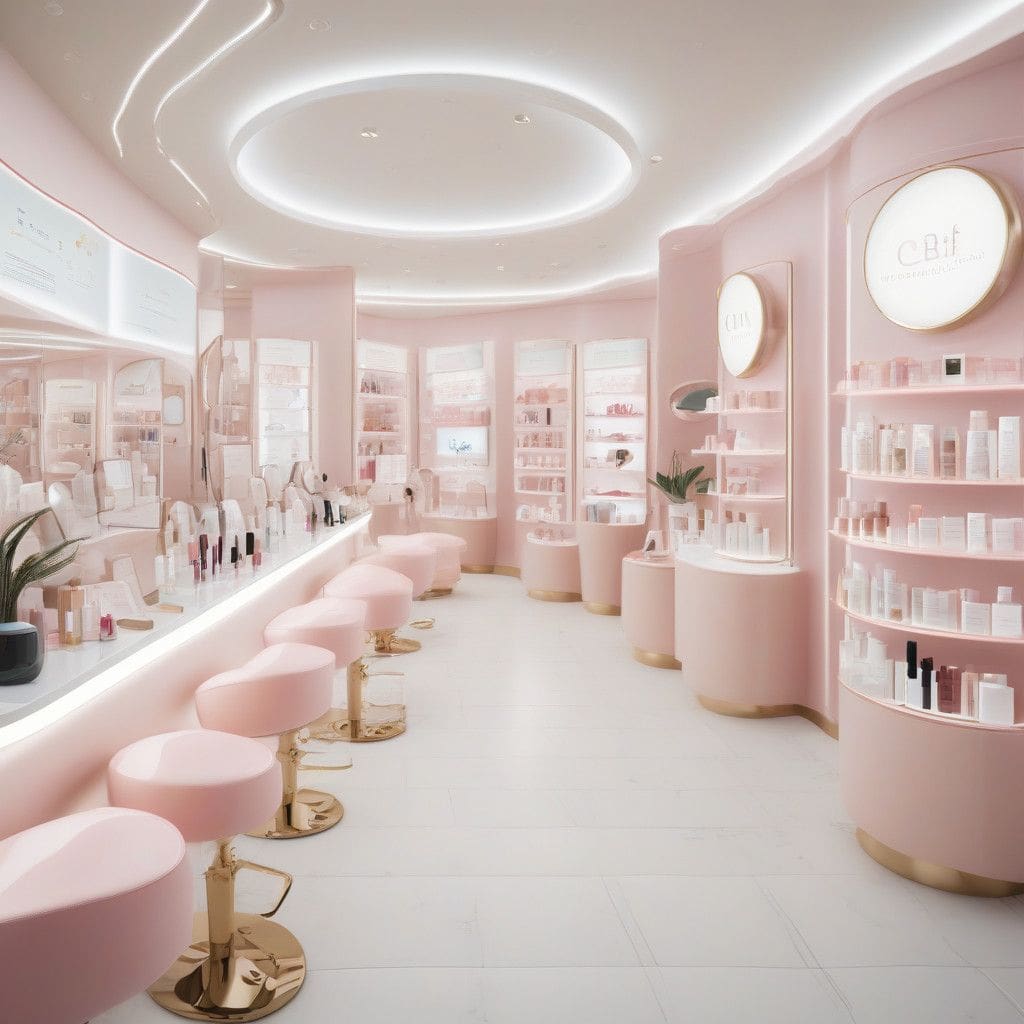The once-dominant beauty counters of department stores are poised for a revival just in time for the 2024 holiday season. Retail giants like Macy’s and Nordstrom are currently overhauling their approaches, aiming to attract customers back into their stores and recapture the allure of physical beauty shopping.
Historically, department store beauty sections were the hallmark of luxury retail. Brands such as Hourglass saw significant success launching their products in stores like Barneys New York, where a seal of approval could transform a brand’s trajectory. However, fast forward to the present, and many department stores have witnessed a decline in their beauty sales as they lost ground to specialty retailers and the influence of social media platforms. This trend has prompted many consumers to favor chains like Sephora and Ulta Beauty, which have become synonymous with a more personalized and engaging beauty shopping experience.
A recent survey by PowerReviews reveals that while 71% of shoppers turn to beauty specialty stores for product information, only 24% consider department stores as a resource. This disparity illustrates the significant hurdle that traditional retailers face in regaining market momentum.
Amid these challenges, there is hope. Recent data indicates a resurgence in retail foot traffic. According to a report from real estate firm CBR, department stores are beginning to see foot traffic levels return to pre-pandemic numbers, with some locations even outperforming specialty beauty retailers. This renewed interest is underscored by significant holiday traffic expected in the weeks leading up to Christmas, prompting department stores to rethink their beauty layouts and programming to attract shoppers back into their territory.
To capitalize on this renewed interest, retailers such as Macy’s and Nordstrom are investing heavily in revamping their beauty sections. They are not merely rearranging products but are creating immersive experiences designed to engage customers. For instance, Macy’s plans to overhaul 130 beauty floors nationwide, introducing luxury brands to prime positions at the front of stores. Changes include the addition of relaxation and treatment rooms where customers can experience products up close and personal.
One particularly noteworthy installation at the flagship Macy’s store in New York City is a spherical virtual reality pod, designed to transport users to Japan’s Wakayama region. This innovative experience allows visitors to engage with the sensory elements of products directly, including scent and sound—providing a multi-faceted context in which to appreciate the beauty offerings.
Additionally, masterclasses and workshops will become staples throughout the season. From eyeliner tutorials to product demonstrations, department stores are creating opportunities for customers to learn, try, and ultimately purchase products. These events not only draw foot traffic but also stimulate brand engagement, enhancing shoppers’ connection to the products being showcased.
The evolution doesn’t stop at customer engagement; staff training is also receiving attention. With consumers arriving well-informed about beauty trends, it’s crucial that sales associates are equipped with knowledge that meets the elevated expectations of today’s shoppers. Macy’s has launched an internal platform called the Beauty Playground, which provides trend reports and training sessions to its beauty advisors. Similarly, Nordstrom is implementing displays specifically tailored for younger Generation Alpha and Gen-Z shoppers, emphasizing a self-service model that resonates with these demographics.
Moreover, department stores are strategically leveraging their relationships with fashion brands to enhance their beauty offerings. Exclusive launches, such as Christian Louboutin’s new fragrance collection at Nordstrom, not only add intrigue but also draw in customers desiring exclusive access to popular names in beauty.
As department stores enter this new chapter, it is crucial that they focus on blending luxury with experiential retail. The success of beauty counters may hinge on their ability to provide a comprehensive experience—one that blends education, engagement, and exclusivity while showcasing products effectively.
In conclusion, while department stores face a steep uphill battle in reclaiming their prominence in the beauty market, their renewed focus on immersive and engaging retail experiences may well position them to capture the attention of the modern consumer once more. As a fresh approach to beauty retailing unfolds this holiday season, it remains to be seen whether these strategies will yield the desired results. The stakes are high, but the potential rewards could reinvigorate an industry segment in dire need of revitalization.












